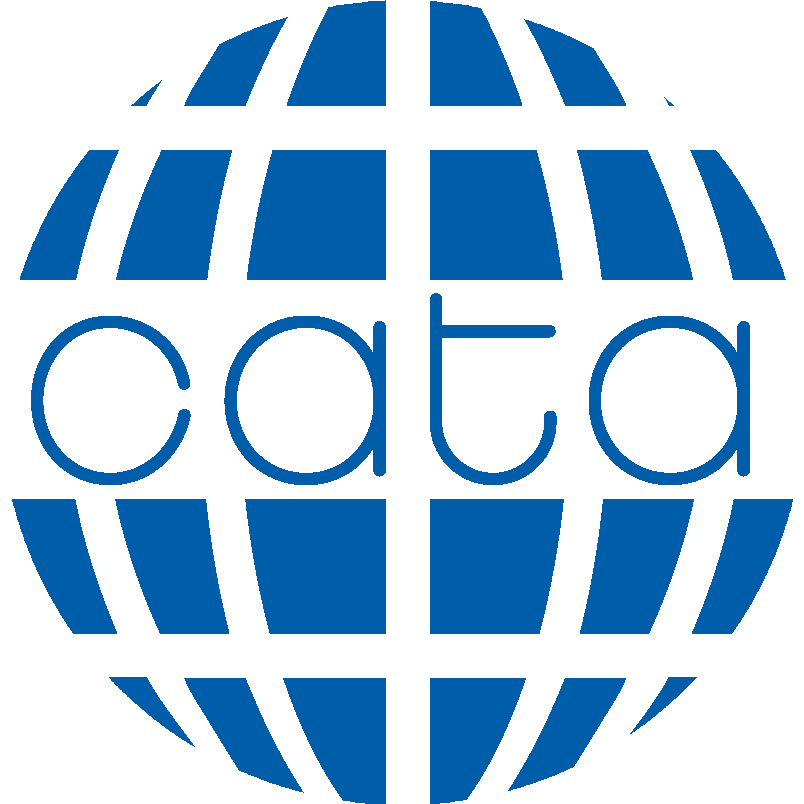41st CATA Technical Conference – Simplified tax Systems
Better regulation is a tool for simplifying tax systems, reducing red tape for businesses and increasing the compliance of taxpayers.
Below are extracts from my presentation at the 41st CATA Technical Conference:
The red tape or the administrative burden is the cost of compliance for the provision of information required by law that wouldn’t be otherwise provided.
Cyprus decided to target the most crucial areas of the economy and see where we could improve. As such we chose 8 areas that mostly impact the economy and had high administrative burdens.
The results for taxes indicated the following:
GDP – 2011 aprox. 18 Billion euros / 23 Billion US$
Total administrative cost 1.008.561.085
Administrative burden 704.604.196 Euros (70%)
Administrative burden DT 383.159.511
Administrative burden VAT 78.935.375
Usual Cost 303.956.889 (30%)
The government decided to take two types of actions:
1. Horizontal measures that applied across the board to all departments, even ones not taking part in the project.
2. Vertical measures that applied to specific departments. Vertical measures involved not only legal measures but also other actions, such as training etc.
Following is the summary of actions:
1. Reduction in number of
Payments of a tax
Years of keeping information
Tax returns submitted
2. Abolishment of laws
3. Increase of non-tax threshold (small contracts)
4. Online submission of tax returns/payments
5. Pre-filling of tax returns
6. Access to information already held by other government departments
7. Improve and expand information available
8. Use of electronic tools for:
Audits
Stamp Duty
9. Training - Code of ethics and conduct
More analytically below are listed the horizontal and vertical measures
Horizontal measures:
1. Government campaign for the encouragement of online submission of documents and online payments
2. Categorisation of documents that required:
a. Proof of identity through login/password
b. Electronic signature
c. No proof of identity
3. Common government portal for e-payments and e-services - Ariadni
a. Access to Tax payer account
i) Payment history
ii) Amounts due
b. Installments for overdue taxes
i) Application for payment by installments of overdue taxes.
ii) Collection code for payment available on line
4. Creation of Government data warehouse
5. Lodgment of series of free trainings on IT skills of any individual by the Cyprus Productivity Centre.
6. Special courses on how to use the Tax Department portal (Taxisnet) for submission of returns
Vertical Measures
1. Merge of the Direct Tax Department with VAT Department as from 1/7/2014. Single view of taxpayer debt.
2. Reduced number of payments – As a start reduced temporary Income Tax self assessments from 3 to 2 in a tax year.
3. Exempted small value contracts (5000 euro) from stamp duty.
4. Reduced by one year the maintenance of books of account and other documents from 7 years to 6. (IT&VAT).
5. Abolished immovable property tax law as taxpayers already paid immovable property fees to Municipalities for the same properties.
6. Reduced number of VAT returns for special categories from quarterly to annual.
7. Compulsory online submission of corporate tax return (2011), PAYE (2011), individual income tax (2017), VAT tax returns (2/5/2017) except for special regimes, farmers, and urban taxi drivers.
8. Compulsory online registration.
9. HTML and XML upload options.
10. Prefilling of returns using previous returns submitted, other Government Departments’ information.
11. Provided assistance for compulsory electronic returns, teams of assessors to assist, YouTube videos and guides, agents.
12. Upgrade of Tax Departments existing platforms.
13. Encouraged on-line submission prior introducing it as compulsory by extending deadline of submission, no supporting documentation needed, quicker clearance of tax return received on-line – quicker refunds etc.
14. Simultaneous on-line submission and payment of monthly PAYE by businesses.
15. Introduced a tool (Excel spreadsheet) on our website for the self estimation of stamp duty for contracts:
Online payment of stamp duty for certain businesses and
Purchase and cancellation by the taxpayer himself
16. Improved website:
Guides for return submission
Uploaded consolidated laws
Circulars issued and to third parties
Electronic library including tax cases issued by courts and tax tribunal. WIP - expected by end of 2022
17. Introduction of tax portal where taxpayers can:
View his debts
Create self assessments for amounts owed e.g. PAYE
Get payment reference for bank transfers or pay the amount by visa
Receive resident certificates
18. Online payment of taxes either by:
Visa cards
Internet banking
At banks (IT illiterate people can use the services of a bank for the online payment of their taxes)
19. Compulsory payment online.
20. Creation of an electronic parametric risk assessment and rating system to target the right taxpayers
21. Refunds deposited in taxpayers bank account.
22. Audits:
Promotion of single VAT & Tax on Income audits
Promotion of electronic audits
23. Due to COVID-19 we have extensive use of email for submission of documents, e.g.:
Revision of tax returns by taxpayers within 3 years of due date
Registration documents.
24. Purchased a new IT system (expected 2023) to facilitate the:
Taxpayer by further cutting red tape
Tax department to work more efficiently and effectively.
25. Ensuring that staff is well trained, with a high sense of responsibility, will further reduce the administrative burden of taxpayers. Therefore:
Invest in training
Establish the right culture through a code of ethics and conduct. Regular communication and questionnaires to all staff on matters of culture.
